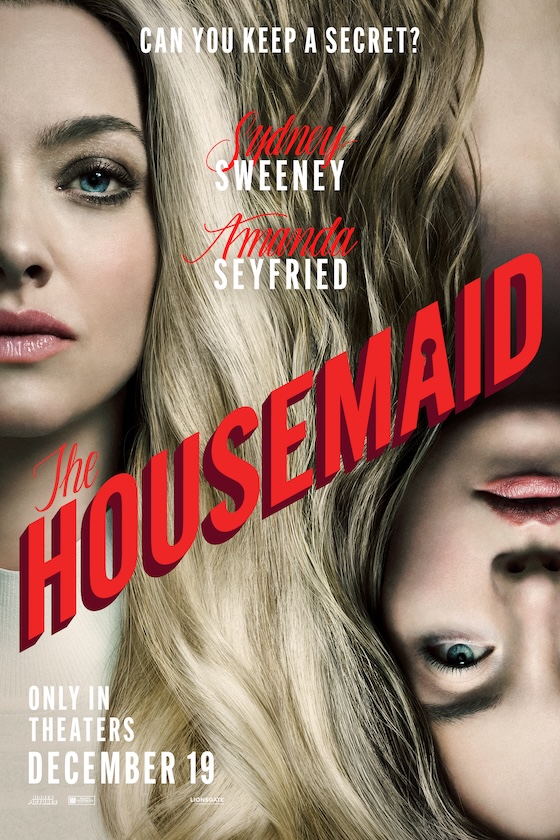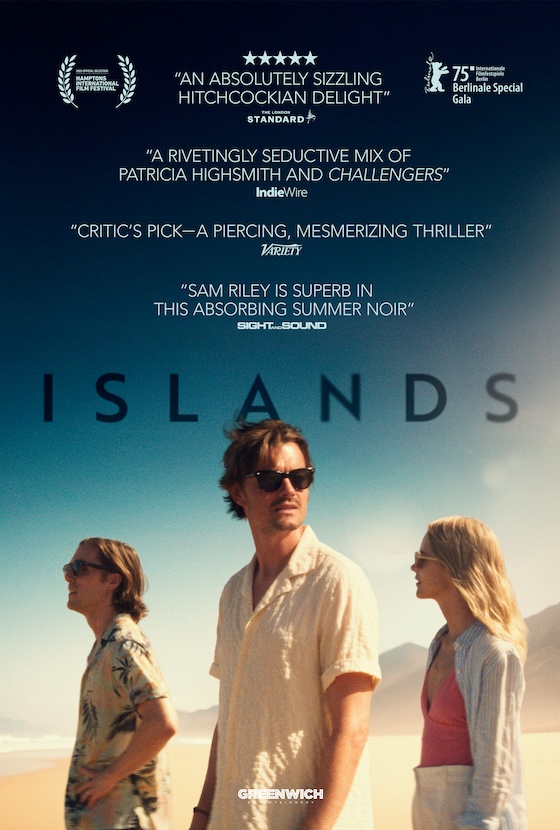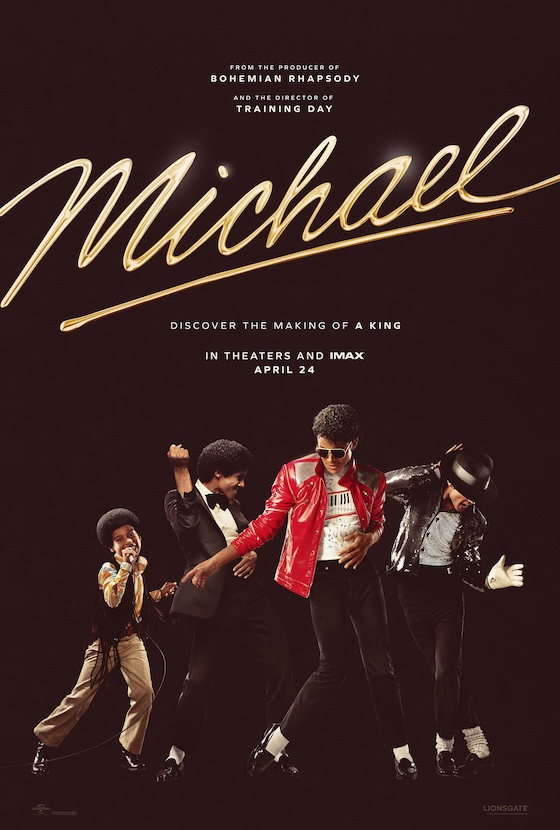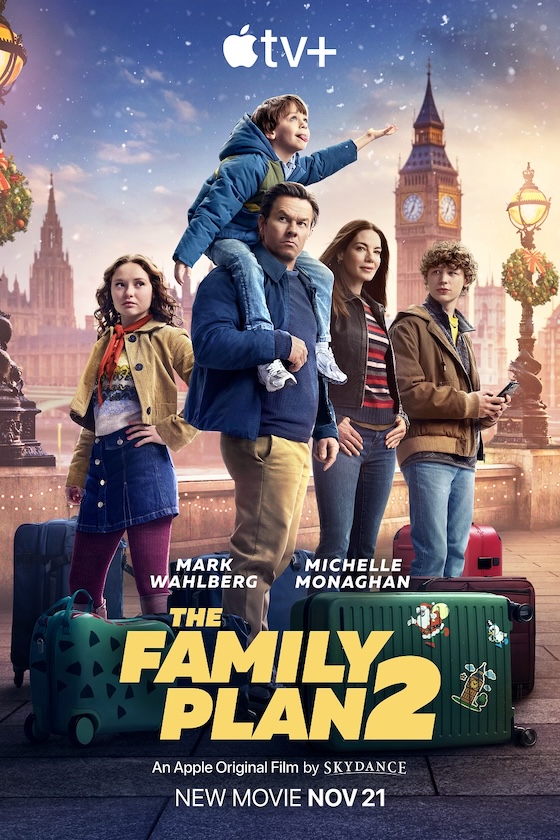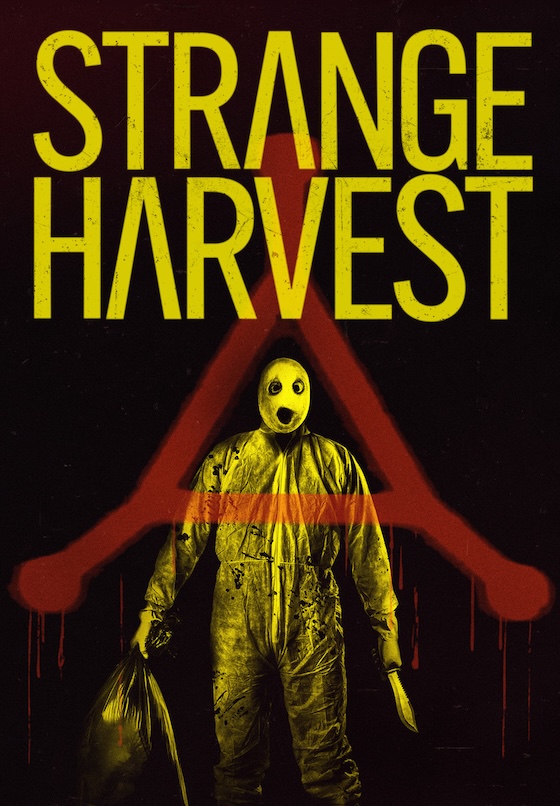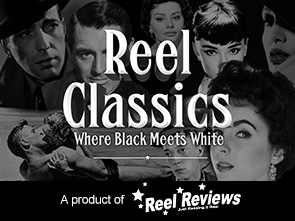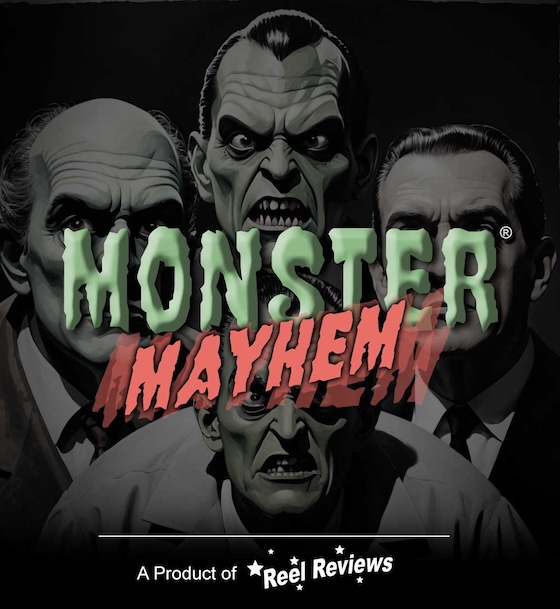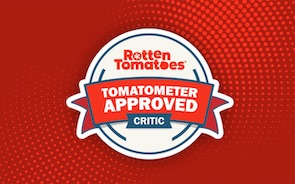{googleAds}
<div style="float:left">
<script type="text/javascript"><!--
google_ad_client = "pub-9764823118029583";
/* 125x125, created 12/10/07 */
google_ad_slot = "8167036710";
google_ad_width = 125;
google_ad_height = 125;
//-->
</script>
<script type="text/javascript"
src="http://pagead2.googlesyndication.com/pagead/show_ads.js">
</script></div>{/googleAds}In her gentle, affectionate documentary, The Wild Parrots of Telegraph Hill, filmmaker Judy Irving tells the story of a couple dozen or so wild parrots that have mysteriously taken refuge in the trees of San Francisco's Telegraph Hill area. But as much as the film is about the misplaced parrots, it is more about Mark Bittner, a shy, sensitive bohemian-type (don't call him eccentric) with long hair, goggle-like glasses and a mile-long compassionate streak.
Bittner came to San Francisco looking for a career in music many years ago. But instead of music, he discovered the cruel reality of joblessness. Guided by the writings of beat poet Gary Snyder and Jack Kerouac, Bittner got closer to his surroundings by becoming interested in a flock of undomesticated Cherry-headed Conures, native to South America, that for some reason made San Francisco their home. No one knows where the birds came from, but many have their own speculations and urban legends hold many theories. Regardless, Bittner found an immediate connection and began to amass tons of notes and observations about the birds.
What we learn from the film is that the avian creatures are nearly as complex in social structure as we humans. Bittner and Irving are able to recognize individual birds and the filmmakers methodically introduce us to the parrots' distinctive personalities. Bittner lovingly describes each bird as if characterizing a close friend or family member. For instance, we meet Mingus, a crotchety old curmudgeon of a bird with a Jekyll and Hyde-like personality. Mingus prefers the indoors and squawks loudly when his punishment banishes him to the outdoors. Picasso and Sophie are a pair of injured cherries that spend most of their time snuggling and cuddling with each other. When Picasso turns up missing one day, we begin to speculate on the cause of his demise. Sophie's human-like period of grieving and loneliness is undeniable. Bittner refuses to anthropomorphize the birds, yet their human-like characteristics are undeniably backed-up by footage that is beyond question.
Irving's camera work is truly remarkable as we are offered intimate close-ups that lure us directly into the conure community. The focus of Wild Parrots is considerably more narrow and detailed than 2001's Winged Migration, which examined migratory patterns and flight principles of many species of the bird kingdom. Winged Migration's shtick was the beautiful, close-up, in-flight shots the filmmakers were able to obtain. But their birds were trained to be with humans from the day they were born. Wild Parrots is a bit more honest and authentic as all the parrots remain genuinely free and none is forced into human contact. The fact that Irving is successful in getting the viewer to connect on an emotional level with many of the birds is a testament to her storytelling skills. It is also what allows us to understand her message. We feel Bittner's pain when he loses a bird to sickness, and our elation goes unmasked when a lonely, blue-crowned conure, which is shunned by the cherry-headed flock, seems to take up with a parakeet.
Irving's occasional use of slow motion and stop-action becomes a bit distracting and a score that sometimes doesn't mesh with what is happening on the screen often brings unwanted attention to itself. But her hard work and perseverance pay off in the end with a gorgeously emotional film that links a misplaced flock of birds with a unique man whose unfulfilled dreams left him homeless several decades ago.
You might find a bit of yourself in Mark Bittner or perhaps you're a blue-crowned parrot amongst a flock of cherry-heads. Either way, The Wild Parrots of Telegraph Hill is a fascinating film that is sure to appeal to folks of all ages.
|
||||||||||||||||||
DVD Details:
Screen formats: Widescreen 1.85:1; Closed Captioned
Subtitles: None
Language and Sound: English: Dolby Digital 5.1
Other Features: Color; interactive menus; scene access; trailer; deleted scenes; cast and crew information.
* Deleted Scenes: 26 minutes worth of scenes that didn't make the final cut.
* Featurettes:
o Flock Update
o Origins of the Flock
o Urban Legends
o Update: Mingus at the Oasis
o Mark Bittner's Home Movies
* Music Video
Number of discs: - 1 - Keepcase Packaging.
{pgomakase}

